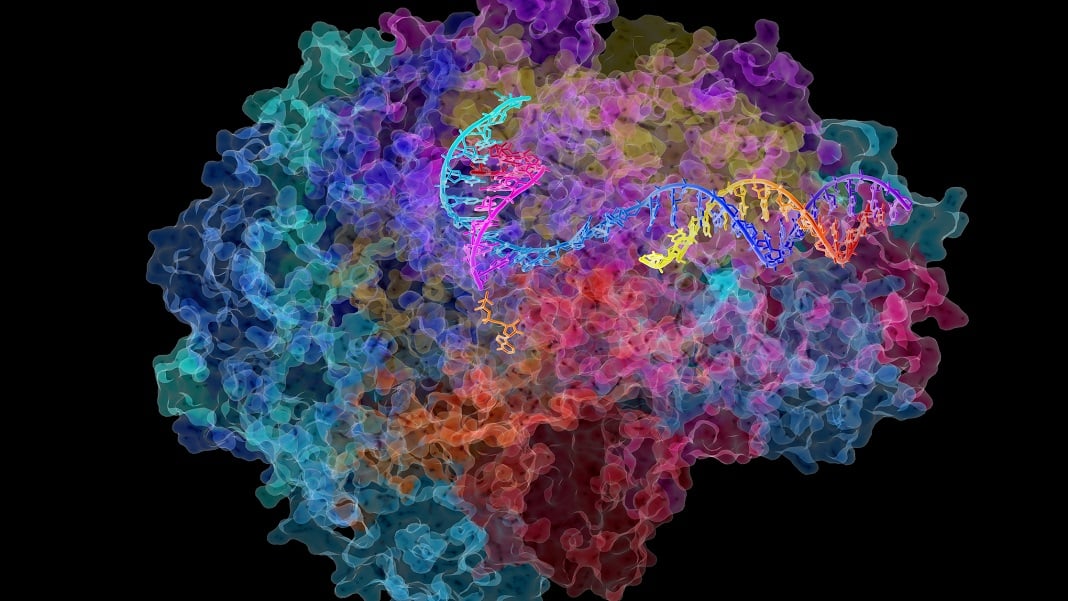We all yearn for a longer, healthier life. While genetics play a role, lifestyle choices significantly impact our lifespan. Among these choices, exercise emerges as the single most impactful activity for promoting longevity. This isn’t simply about living longer; it’s about living better, with increased vitality, energy, and reduced risk of age-related diseases. This article explores the crucial role of exercise in extending your lifespan, focusing on practical strategies and approaches that can be easily integrated into your daily routine. Prepare to discover how even modest changes can yield significant rewards in your pursuit of a longer, healthier life. Remember to always consult your physician before starting any new exercise program.
The Importance of Regular Physical Activity
Regular exercise is not just about physical fitness; it’s a powerful tool to combat chronic diseases. Studies consistently link regular physical activity to a reduced risk of heart disease, stroke, type 2 diabetes, certain cancers, and even Alzheimer’s disease. The benefits extend beyond disease prevention; regular exercise improves mental clarity, mood, and sleep quality, leading to a higher overall quality of life.
Finding the Right Type of Exercise
The beauty of exercise is its versatility. There’s no one-size-fits-all approach. The key is to find activities you enjoy and can sustain long-term. This could include brisk walking, swimming, cycling, strength training, yoga, or a combination of activities. The goal is to incorporate a mix of cardiovascular exercise, strength training, and flexibility exercises for holistic health.
Building a Sustainable Exercise Routine
Consistency is key. Instead of aiming for drastic changes, start gradually. Begin with short, manageable workouts and progressively increase the duration and intensity. Schedule your workouts like any other important appointment. Find an exercise buddy for motivation and accountability. Remember to listen to your body and rest when needed. Celebrate your progress along the way to maintain motivation.
The Role of Strength Training in Longevity
As we age, we naturally lose muscle mass and strength. Strength training is crucial for combating this age-related decline. It helps maintain bone density, improves metabolism, and enhances balance, reducing the risk of falls. Aim for at least two sessions of strength training per week, focusing on major muscle groups.
Beyond the Workout: The Importance of Movement
While structured workouts are essential, incorporating more movement into your daily life is equally vital. Take the stairs instead of the elevator, walk or cycle instead of driving short distances, and stand up and move around regularly throughout the day. These seemingly small changes can significantly increase your daily activity levels and contribute to your overall health and longevity.
Conclusion
Exercise is not merely a means to a longer life; it’s a pathway to a richer, more vibrant existence. By integrating regular physical activity into your daily routine, you actively invest in your health and well-being, reducing your risk of chronic diseases and improving your quality of life significantly. Remember that consistency and finding activities you enjoy are paramount to long-term success. Embark on this journey of proactive health, and witness the transformative effects of exercise on your lifespan and overall vitality. The effort is an investment worth making for a future filled with health, happiness, and longevity.

